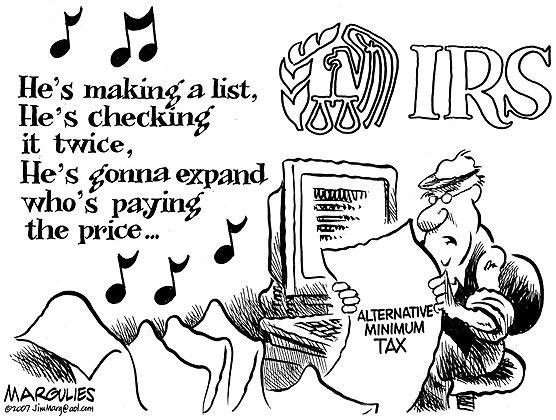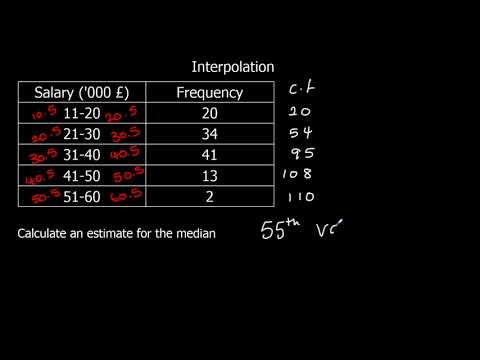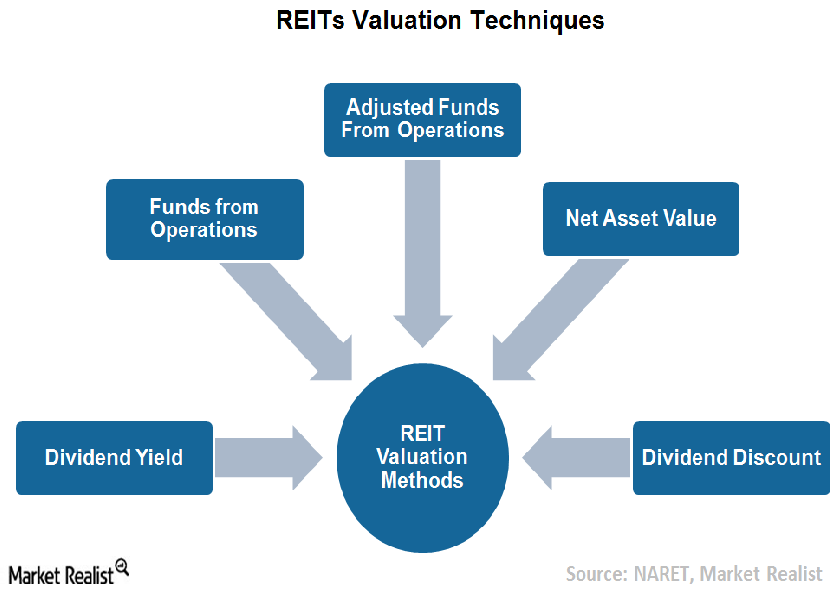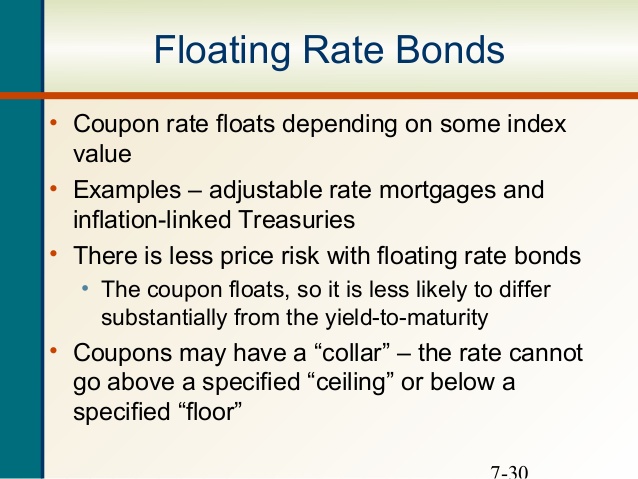Contents:
- Logistics and SCM question bank for SEM 5 TYBMS Nov 2016 EXAM
- ERP in Apparel and Textile Industry
- Business Research Methods SYBMS Question Bank 2019
- What is Material Requirement Planning system?
- Chapter: Automation, Production Systems, and Computer Integrated Manufacturing : Production Planning and Control Systems


Ideally, it addresses operational planning in units, financial planning, and has a simulation capability to answer “what-if” questions and extension of closed-loop MRP. It can also schedule buying orders based mostly on predicted future orders and uncooked material market prices. However, there are distinctions that anybody concerned in bettering enterprise productivity should concentrate on. In SAP MRP process, the system calculates the net requirements while contemplating out there warehouse inventory and scheduled receipts from buying and production. MRP was the earliest of the integrated information systems dealing with improvements in productivity for businesses with the use of computers and software technology to provide meaningful data to managers.
- Dependent demand vs independent demand – Independent demand is demand originating outside the plant or production system, while dependent demand is demand for components.
- These enhancements included capacity checks and incorporates programming to provide feedback on available capacity.
- Well as Apparel and Textile Industry is not that organized till now in India, ERP implementation usually start with a time line of 6 months and get extended.
- This term was coined by one of the originators of COMMS who started up his own commercial venture to market software and services for a more general clientele than only manufacturing.
In the 1980s, Joe Orlicky’s MRP evolved into Oliver Wight’s manufacturing resource planning which brings master scheduling, rough-cut capacity planning, capacity requirements planning, S&OP in 1983 and other concepts to classical MRP. By 1989, about one third of the software industry was MRP II software sold to American industry ($1.2 billion worth of software). Material requirements planning is a production planning, scheduling, and inventory control system used to manage manufacturing processes. Most MRP systems are software-based, but it is possible to conduct MRP by hand as well.
In addition to assembly material necessities, ERP systems combine organizational wants corresponding to accounting, marketing, human sources, and supply chain administration. Material necessities planning is a manufacturing planning, scheduling, and inventory control system used to handle manufacturing processes. Most MRP systems are software-based, but it is possible to conduct MRP by hand as nicely. MRP systems allow inventory managers to reduce the extent of part parts and uncooked supplies stock.
The bill of materials specifies the relationship between the end product and the components . Read the most frequently asked 8 top ERP multiple choice questions and answers PDF for freshers and experienced. As mentioned above, this name refers to the execution phase of COMMS. MES typically includes production scheduling, quality control, and material handling modules. The focus has shifted from internal optimization to external relationships generating the requirement for advanced ERP versions and modules.
Originally, manufacturing operations constructed customized software applications that ran on mainframes. Material necessities planning was the earliest of the built-in info technology methods that aimed to enhance productivity for companies through the use of computer systems and software expertise. The first MRP systems of stock management developed within the Nineteen Forties and Nineteen Fifties. They used mainframe computer systems to extrapolate information from a bill of materials for a specific finished product into a manufacturing and buying plan. Soon, MRP methods expanded to incorporate information suggestions loops in order that manufacturing managers might change and replace the system inputs as needed. Materials requirements planning software plans for the production and purchase of the components used.
Logistics and SCM question bank for SEM 5 TYBMS Nov 2016 EXAM
Maximum Retail Price is calculated by precise manufacturing price , revenue margin, advertising bills, C&F margin/franchisee margin, Stockist Margin, Retailer Margin, GST and so on. Actual manufacturing cost may embody manufacturing value, transportation, electrical energy, GST, wage, hire, workplace dealing with expenses and so on. If a company purchases insufficient quantities of an item used in manufacturing it may be unable to meet contract obligations to supply products on time. Manufacturing Resource Planning is defined as a method for the effective planning of all resources of a manufacturing company. Ideally, it addresses operating planning in units, financial planning and has a simulation capability to answer “what-if” questions and extension of closed-loop MRP. The shop floor planning report is a listing of jobs by due date where the due date indicates when machining at that department should be completed in order to meet the schedule indicated by the gross and net requirement report.
But, to be thought-about a real MRP II system should also include financials. In the MRP II concept, fluctuations in forecast knowledge are taken under consideration by including simulation of the grasp manufacturing schedule, thus creating a protracted-time period control. In case of manufacturing of products, one raw material is generally used to manufacture more than one type of component. The end item E is also needed to produce N, S and T, and therefore, E manufactures two varied components of the finished product X. The MRP is responsible for collecting these common use items from varied products to influence economies in ordering raw materials and manufacturing components.
Closed Loop MRP’s advantages embrace reductions in stock , rush orders, and lead-times, higher responsiveness to customer demand, shorter delivery times, and higher capacity utilization. Prior to MRP, and before computers dominated industry, reorder point /reorder-quantity type methods like EOQ had been used in manufacturing and inventory management. The Capacity vs Load report determines whether resources required by the work centers are available to produce these orders which is useful in planning overtime. This term was coined by one of the originators of COMMS who started up his own commercial venture to market software and services for a more general clientele than only manufacturing. Application modules in COMS are again similar to those in ERP and COMMS. OptiProERP is a leading global provider of industry-specific ERP solutions for manufacturers and distributors.

They have done a no. of Implementations in and around the NCR in India. The product is positioned on Small Scale Organizations and only Apparel sector. OptiProERP, as part of eWorkplace Manufacturing, is SAP’s strategic industry partner for manufacturing and distribution and its first OEM partner as part of SAP’s global PartnerEdge Program.
ERP in Apparel and Textile Industry
These ERP systems automate business processes increasing efficiency and reducing errors. Manufacturing Resource Planning systems provide coordination between marketing and production. The marketing, finance, and production teams of the organization will meet and agree on a total workable overall plan expressed in this production plan. Manufacturing is often done intermittently in lots or models of one or the other kind. The components or parts of a finished product are only required during the manufacturing of the product.

Marketing managers and production managers can also change production schedules to meet changes in forecasted demand. Senior management may adjust the production plan to reflect overall changes in product demand or resources availability/scarcity. The completely integrated planning and control system is called manufacturing resource planning, or MRP II. The term MRP II is used to differentiate the “manufacturing resource plan” from the “materials requirement plan” . Purchase requisition is for external procurement and production order is for in-home production. SAP will then convert all of the dependent requirements of planned order into reservations within the manufacturing order.
Independent demand originates exterior the plant or manufacturing system, and dependent demand refers to elements. Advanced Planning and Scheduling software program methods are designed to optimize the scheduling process. It can take enter from totally different departments and cross reference them to create simulation fashions and projections. This software program can alert venture managers when to count on surges or lulls in demand to schedule their workforce and equipment accordingly. Manufacturing resource planning is defined as a method for the effective planning of all resources of a manufacturing company.
Business Research Methods SYBMS Question Bank 2019
All the above mentioned systems required focus on reducing Work InProgress and Waste and Increasing initiative on operator training. To supportmanufacturing system many Solutions to Apparel and Textile Industry are beingproposed; right from Material Handling, Material tracking to ERP. Also known as MRP II, Manufacturing Resource Planning software is an integrated system that manages the planning of all the resources in an organization. It strengthens the coordination between marketing and production process. Financial managers agree that having these manufacturing plans are very desirable from a financial point of view, and production teams also see these plans are crucial to meet the required demand. MRP is the computerized ordering and scheduling system used by manufacturing and fabrication industries.
Wild Forest roads questions continue – – The Adirondack Almanack – Adirondack Almanack
Wild Forest roads questions continue – – The Adirondack Almanack.
Posted: Wed, 22 Feb 2023 08:00:00 GMT [source]
A system used for production planning and inventory control, with an information feedback feature that enables plans to be checked and adjusted. Closed Loop MRPs synchronize the purchasing or materials procurement plans with the master production schedule. The system feeds back information about completed manufacture and materials on hand into the MRP system, so that these plans can be adjusted according to capacity and other requirements.
What is Material Requirement Planning system?
However, in Europe and the U.S., since the planning system was developed from an MRP-based ideal factory model, the concept of “constraints” is regarded as a fresh and new concept. TOC , is a methodology that caused, together with Japan’s TQC , a paradigm shift for production management in the U.S. in the 1980s. In 1964, as a response to the Toyota Manufacturing Program, Joseph Orlicky developed material requirements planning . The first company to use MRP was Black & Decker in 1964, with Dick Alban as project leader. Orlicky’s 1975 book Material Requirements Planning has the subtitle The New Way of Life in Production and Inventory Management.
Mechanisms of circular RNA degradation Communications Biology – Nature.com
Mechanisms of circular RNA degradation Communications Biology.
Posted: Fri, 09 Dec 2022 08:00:00 GMT [source]
When deliberate order is created for exterior procurement, it might need to be reviewed by planners, and if required planners would convert the planned order to buy requisition. Otherwise, the acquisition requisition can be generated routinely and available for purchasing. MRP ensures correct materials planning and buying so that you just meet regulatory demand and keep quality benchmarks by giving full visibility into manufacturing processes. Planning is principally a listing administration system designed to streamline manufacturing schedules and place orders for objects of dependent demand. For instance, in the case of a bicycle manufacturing business, the dependent demand objects embody aluminum pipes, tires, seats, bicycle chains and so forth.
Chapter: Automation, Production Systems, and Computer Integrated Manufacturing : Production Planning and Control Systems
closed loop mrp means was developed within the 1970s to aid manufacturing companies to calculate and optimize their material requirements. The customer demand is a dependent demand because it does not cope with the forecasting. On the opposite hand, Aggregate Production Plan is an unbiased demand as they’re run via grasp manufacturing schedule and made part of the MRP system at applicable levels. The enter to MRP is from gross sales order and deliberate unbiased requirement, if applicable. When the MRP run is carried out, planned order or purchase requisition could be generated based mostly on the planning run settings.
If this happens, other options available include sending the order to another work center or outsourcing it. Closed Loop MRP techniques are helpful in the manufacture of a wide range of production types together with highly personalized merchandise as well as high quantity batch merchandise. The dependent demand can be further explained by supposing that an organization is making engines for automobiles.
Fibre2fashion.com does not warrant or assume any legal liability or responsibility for the excellence, accurateness, completeness, legitimacy, reliability or value of any information, product or service represented on Fibre2fashion.com. The information provided on this website is for educational or information purposes only. The key success of ERP implementation in Textile and Apparel Industry is full involvement of Business Process Owners and a Core Team from client side which is having deep knowledge of their business process. To ramp up the implementation process the core team must have on time implementation as one of their KRAs. The company has a well known implementation success story in Gokaldas Exports.
Well as Apparel and Textile Industry is not that organized till now in India, ERP implementation usually start with a time line of 6 months and get extended. The Apparel and Textile industry usually face a problem of change management which leads to Core Team of implementation being changed every now and then. Simply having MRP software will not sustain any competitive advantage a manufacturing business has to offer. Most organizations are now moving to an ERP solution to enhance supply chain efficiency and the overall velocity of their business. The reason ERP techniques are a lot like MRP methods is that they originated from MRP technology and utilization. In the Nineteen Sixties, when MRPs were first created and used, computer systems have been simply changing into widespread in the manufacturing business.
- MRP was developed within the 1970s to aid manufacturing companies to calculate and optimize their material requirements.
- It covers the time frame from when a product is conceived, the raw materials are identified and procured, sources are recognized, to when manufacturing steps are deliberate.
- When deliberate order is created for exterior procurement, it might need to be reviewed by planners, and if required planners would convert the planned order to buy requisition.
- Marketing and production must work together on a weekly and daily basis to adjust the plan as changes occur.
MRP was created initially to provide the Polaris program then, in 1964, as a response to the Toyota Manufacturing Program, Joseph Orlicky developed materials requirements planning . Closed Loop MRP developed in the course of the 1970s as a successor to earlier open-loop materials necessities planning techniques, which could obtain information however had no mechanism to receive feedback. Because of that improvement, systems can manage grasp manufacturing schedules , guide capacity planning and shop flooring activities, and generate scheduling modifications.
This MRP was able torelease Purchase Orders, Work Orders and Rescheduling Notices based on PlannedOrder. Tocome out of these problems in 1970s, came into existence closed loop MRP. Thismodel of MRP was able to check the capacity requirements before generating anykind of Purchase or Work Order. But still it use to work in isolation of theBusiness Plan Financial and Marketing. This resulted in MRP II in 1980swhich on the constraint of Marketing and Financial Planning use to run theclosed loop MRP. Still the industry felt the need that all the resources of anenterprise need to be integrated which gave birth to ERP and as a result all Enterprise wide resources were on single platform working for optimizationwith better planning.
Leave a Reply